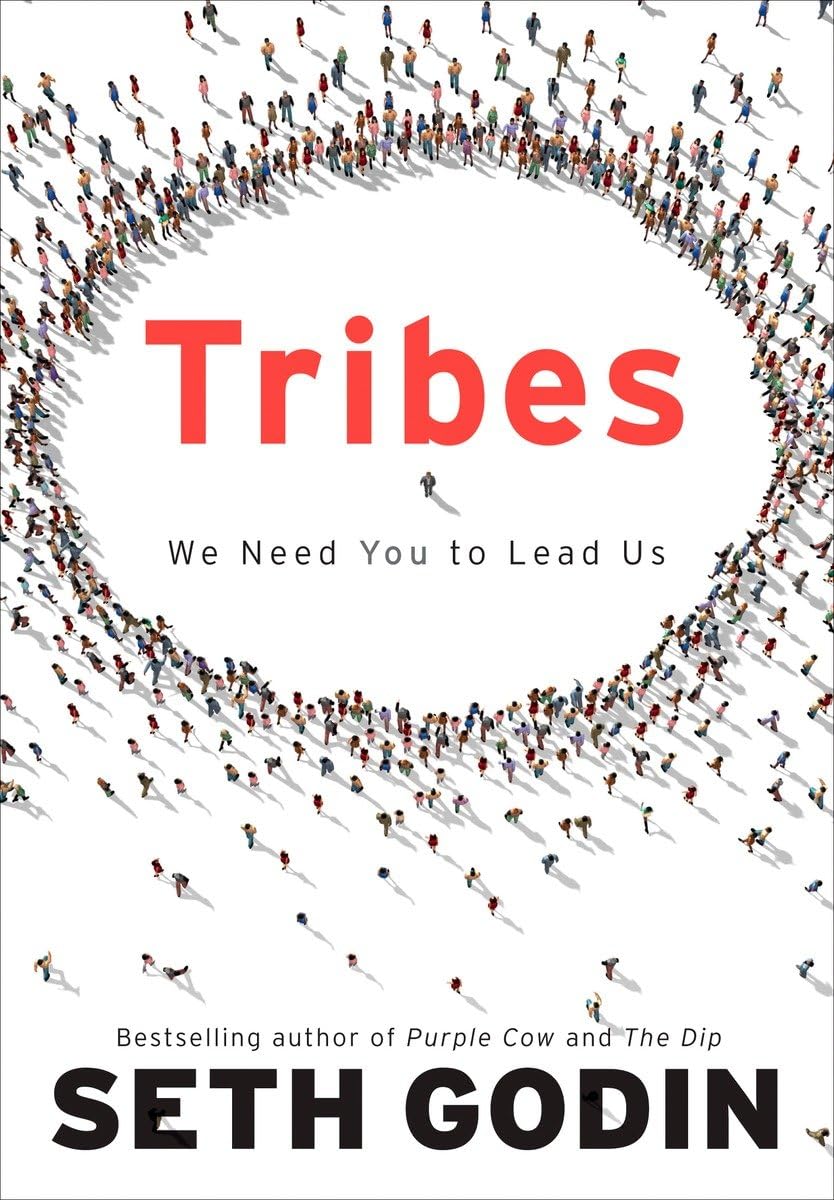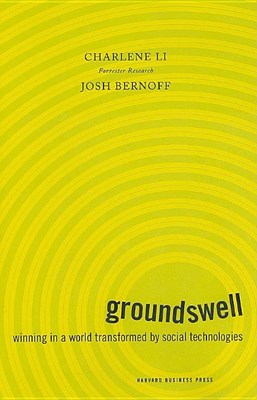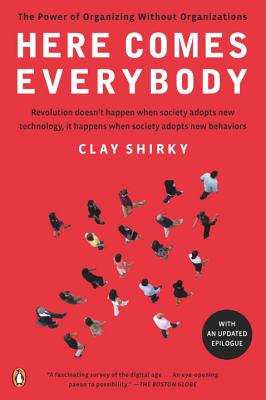In the Books - Off to the Printers IX
January 11, 2010
In our second to last installment of articles from past editions of In the Books, we have a short essay from mister Jon Mueller. In it, Jon shares some of his insights on an oft-discussed topic around these parts—the future of the book and distribution of ideas. ◊◊◊◊◊◊◊◊◊◊◊◊◊◊◊◊◊◊ The Shifting Landscape of Moving Ideas: The Art of Publishing in a Socially Empowered World BY JON MUELLER The book remains the definitive source for deep exploration of knowledge on a topic.
The Shifting Landscape of Moving Ideas: The Art of Publishing in a Socially Empowered World BY JON MUELLER The book remains the definitive source for deep exploration of knowledge on a topic. Whether developing a fictional idea, characters and events, or explaining a non-fiction theory or process, the potential size and portability of books allows them to continue to function as a useful tool of communicating information. All in all, books haven't changed much. But the ways people receive information sure have. Each year the number of book titles produced rises as publishers attempt to increase their odds of having a bestseller. But is it working? With each title, there's less time to create an impact, yet a greater number of opportunities to communicate the idea as readers find more methods to receive information. Within that irony is a solution to publishing's dilemma. Random House publisher Jonathan Karp existed in a title-saturated world for many years before forming his own imprint called Twelve. As the name of the company suggests, it produces twelve titles per year, and invests more time and energy into each title than larger publishers, which might produce hundreds of titles per year. This focused method allows Twelve to examine many different ways to spread the idea and spend more time implementing those methods, which greatly increases the chances that more people will hear about and support the idea—in whatever forms it takes on. In an August 2005 BusinessWeek article, Karp explained, "Most writers I know don't think of themselves as working in only one format. It's entirely possible that something will begin as a magazine article in Time, then become a book, then become a movie, then become a television show." For publishers like Twelve, the rules seem to be: Know your audience, produce fewer titles and do more with those titles. As audiences are continually introduced to new ways to receive content, there are great possibilities for authors and publishers to make an impact with their work. If an idea is revealed when a reader holds a book, gets online, reads a magazine, watches television, sees a movie and more, that idea, that author and that publisher will have communicated a variety of things to their audience, and captivated its attention in ways a single format could not. This year, The Word of Mouth Manual by Dave Balter was published online. This 128-page book was offered for free to anyone as a digital file, and word spread rapidly as people began downloading and reading. A physical edition of the book was also produced. Featuring a waterproof cover, and an original piece of art from an artist-in-residence at the author's company, the physical version fully utilizes the tactile experience absent from reading the text online. Though the physical book carried a price tag with it (as opposed to the free download), the point is that different people want different things. Fortunately, for author and publisher, whichever version the audience members use, it's likely they will tell others about the great free book they read, or the interesting presentation, touch and interaction with a book unlike any they had read before. Those conversations are the goals of marketing, and are essential for authors and publishers to be able to continue to do what they do. Offering various formats is a trend not only practiced in the book publishing world, but in many mediums, as blog writers acquire book deals, recordings are paired with exclusive film work and further conglomerations of all angles from all media are formed. Addressing all these formats takes time, so it makes sense that a lesser amount of titles would be published to put these to full effect. In this scenario, ad hype will give way to a clear understanding of what is good, and what isn't, as those absorbing content will understand it deeper than they might have from traditional methods of promotion. In other words, you can't reveal the content any clearer than by offering an entire book for free. Then it's up to the audience to decide which other ways they want to see that content. Some will be content to simply read it once online. Others will want a reference guide on a shelf that they can pull, reread, take with them places and not require any sort of electricity to activate. Multiple formats are not only beneficial for digesting ideas, but also for spreading them. As more people are getting information from different sources, more people inevitably are talking about that information. As Deirdre Breakenridge states in her book, PR 2.0: New Media, New Tools, New Audiences, "Social networking empowers the twenty-first century consumer to choose what is newsworthy and relevant to them. Consumers are leading a 2.0 revolution in their social networking communities. They pass more and more information back and forth through connections; relying on an extended network of family, friends, business associates, and acquaintances. The movement toward social media enables easy information sharing" (141). As publishers and authors utilize social networking, the ideas spread in ways that previously would take much longer to work, and to a much lesser extent. This process also teaches publishers and authors more about their audience. As Bill Tancer states in his book Click: What Millions of People Are Doing Online and Why It Matters, "In our increasingly connected lives, we're bombarded with news and information from a multitude of channels (television, print, radio, and the internet), some useful, some not so useful. It gets interesting...when we react to that information by interacting with the source itself. What information we react to and how, when viewed collectively, reveals insight into what affects us. From a business perspective, having a view into the feedback loop is invaluable – from the simple, tactical use of planning when to promote products online, such as prom dresses and engagement rings, to the visualization of Malcolm Gladwell's tipping point..." (201). Through the human/technology interaction, there is a substantial growth of opportunities for authors and publishers. As content gets into the heads and hands of the audience, it has the potential to flourish, creating a scenario where the content creator can explore other methods of generating income. As Dave Balter states on his web site, "The publishing industry, much like the music industry, is teetering on a massive change in control—from publishers to authors and consumers! The distribution of the book itself is an indication of the power of Word of Mouth." As this change continues to occur, the process isn't necessarily becoming easier to manage, but for those dedicated to spreading their ideas, the resources for getting those ideas to people (who will hopefully become evangelists), are more plentiful than ever.
Books from 2008 that can help.
- Tribes: We Need You to Lead Us by Seth Godin, Portfolio
- Groundswell: Winning in a World Transformed by Social Technologies by Charlene Li and Josh Bernoff, Harvard Business Press
- Here Comes Everybody: The Power of Organizing Without Organizations by Clay Shirky, Penguin
- Once You're Lucky, Twice You're Good: The Rebirth of Silicon Valley and the Rise of Web 2.0 by Sarah Lacy, Gotham Books
- The Spider's Strategy: Creating Networks to Avert Crisis, Create Change, and Really Get Ahead by Amit S. Mukherjee, FT Press




